
Jerry eBooks
No copyright  2015 by Jerry eBooks
2015 by Jerry eBooks
No rights reserved. All parts of this book may be reproduced in any form and by any means for any purpose without any prior written consent of anyone.
1066:
THE YEAR OF THE CONQUEST
David Howarth, historian of Waterloo, Trafalgar, and other turning points of history,
lives and writes in an ancient woodmans cottage in the remnants of the Sussex
Forest, ten miles from where the Normans landed.
1066: The Year of Conquest
by the same author
THE GREEK ADVENTURE
SOVEREIGN OF THE SEAS
TRAFALGAR
A NEAR RUN THING
THE GOLDEN ISTHMUS
THE DESERT KING: A Life of Ibn Saud
THE SHADOW OF THE DAM
DAWN OF D-DAY
THE SLEDGE PATROL
WE DIE ALONE (Escape Alone)
THE SHETLAND BUS
Copyright David Howarth, 1977
All rights reserved.
First Edition
1066: The Year of Conquest
David Howarth
Maps and Diagrams
Introduction
A few years ago I wrote a book about Waterloo and one about Trafalgar, and tried to describe those battles from the points of view of men who fought in them. Here I have tried to do the same thing with the year 1066: not only its battles, but also the peaceful life that the battles disrupted, and not only its kings and dukes and earls, but also its humble people.
1066 is the date that English people remember from history lessons at school long after they have forgotten all the others. But this book is not about the historical importance of the year, it is simply about the tremendous drama that began on January 6 with the burial of King Edward in Westminster Abbey, and ended on Christmas Day in the same place with the coronation of King William. The people who witnessed the drama could not foresee its historical results, so the results have no proper place in the telling of it, except as a postscript.
Like those other books, this is not meant to be read as a work of scholarship, only as an evocation of the excitement, pleasures and miseries of that year; but I hope it is accurate enough to satisfy scholars. There is an obvious difference in going so much farther back in history: there are not so many contemporary sources. But there are more than one might expect. This account of the year is based on twenty others, of which twelve were written within living memory of 1066, and all except two within a hundred years. Many of them are mentioned in the story, and there is a list of them all with their dates on page 202.
A less obvious difference is that all the early accounts are more or less prejudiced. Immediately after 1066, there were naturally three different versions of what had happened, Norman, English and Scandinavian. The rather later writers added new stories, either from earlier versions which are lost or from oral traditions, and these already had the quality of legends when they were written. Moreover, most of the writers were monks who felt bound to draw moral conclusions, and some were writing for patrons who expected their own opinions to be confirmed.
So any modem historian has to use his own judgement pretty freely. When he finds contradictory stories, he has to decide which is most probable, which writer had the best reason to know the truthor which, on the other hand, had reason to distort it; and if he cannot decide, he has to tell all the versions. On the whole, all the early writers were more likely to be right about things in their own country, and were sometimes obviously wrong about things in other countries; so one tends to accept Norman stories about Normandy, English ones about England and Norse ones about Norway. Apart from that, I think it is fair to say that Normans were the least reliable, because they felt they had to make excuses for their invasion, and their writers were sometimes deceived by their own propaganda.
Strictly speaking, every sentence in a story nine centuries old should include the word perhaps: nothing is perfectly certain. But that would be boring, and I have left out the qualification whenever things seem reasonably certain, either from the early sources or from deduction and inference. After all, factual truth is not the only thing that matters. It can be just as illuminating to know what people thought or pretended was true, if one can discover why they thought it, or why they had to pretend it. I do not despise a plausible legend, or totally disbelieve a miracle that everyone believed in. Sometimes I have made guesses, but not without saying so.
Better scholars might say I have gone too far in trying to draw the characters of the people of 1066; but I think this is the most enjoyable part of history. To understand the things these people did, one has to do ones best to understand the psychological reasons why they did them.Why, for one example, did William of Normandy ever contemplate the invasion of England? It seems far too risky an action for any intelligent military man to take through greed, or lust for power, or revenge. I have suggested a more compelling reason which I think rings true. And why did King Harold appear to behave quite differently at Stamford Bridge and at Hastings three weeks later?
Obviously one ought to be careful in using ones understanding of modem people, such as it is, to interpret the actions of people so long ago. Their beliefs were somewhat simpler than ours, their knowledge was far more limited, their lives were subject less to law and more to custom. Christian ethics were more a set of rules demanded by the church, and less an inborn habit of mind; accepted morals were stricter in some ways and more easy-going in others.
Yet so far as one can tell, their minds worked in just the same way. Their thoughts were no more illogical than most of ours, and their emotions were identical, though less inhibited. Sometimes they acted in charity and hope, sometimes in envy and fear, and often in the muddle of motives which is familiar to us all.
So I think it is possible, using every scrap of information, to make a worth-while portrait of each of the leading actors in the drama. On the other hand, it is impossible to judge them by the standards of their own time and unfair to judge them by ours; the only acceptable judgement is that of their friends and countrymen. We ought not to take sides in their passionate argumentsnor do we need to, because all of them are equally our ancestors and there is something of all their characters in each of us.
But thinking about them as the kind of men and women one might meet and know, one begins to like some of them more than others; and why not? Personally, I think that if I had been around at the time I would have liked King Harold, heartily disliked King Edward the Confessor, felt sorry for Earl Tostig and terrified of Duke William, and found nothing whatever to say to King Harald Hardrada of Norway. I have not tried to hide this blatant prejudice, but I hope my portraits are fair enough to let anyone else disagree with me.
1066: The Year of Conquest
England

Next page
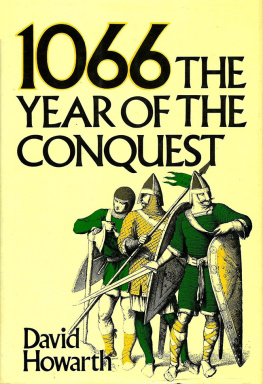
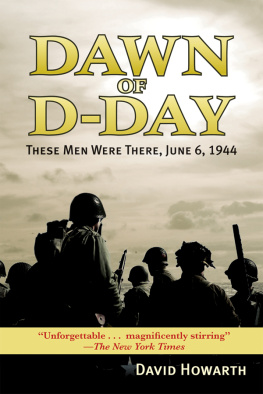
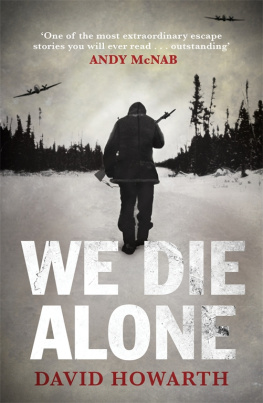

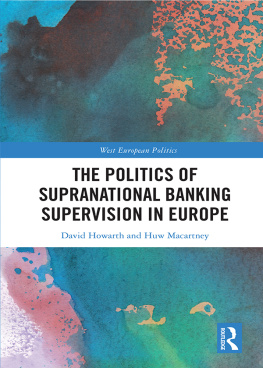

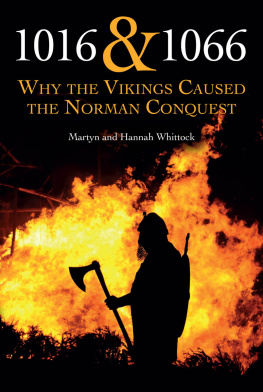
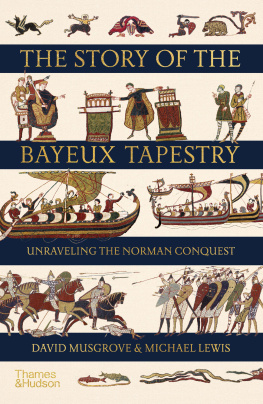
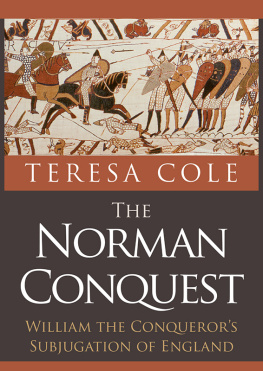
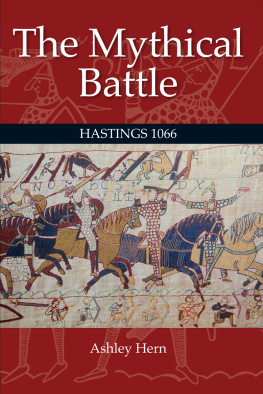
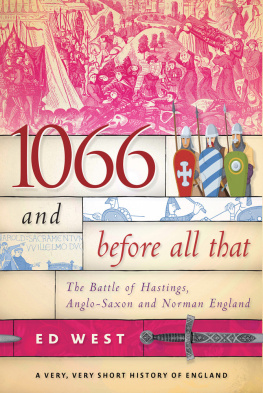


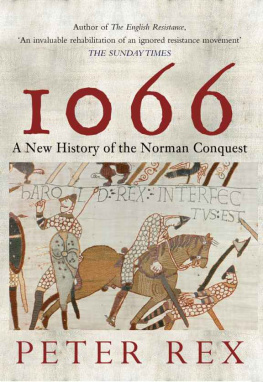

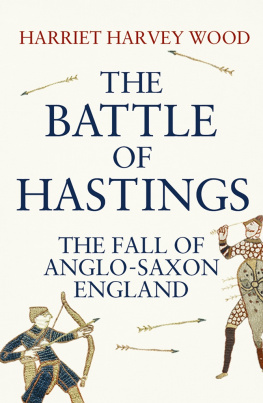


 2015 by Jerry eBooks
2015 by Jerry eBooks

